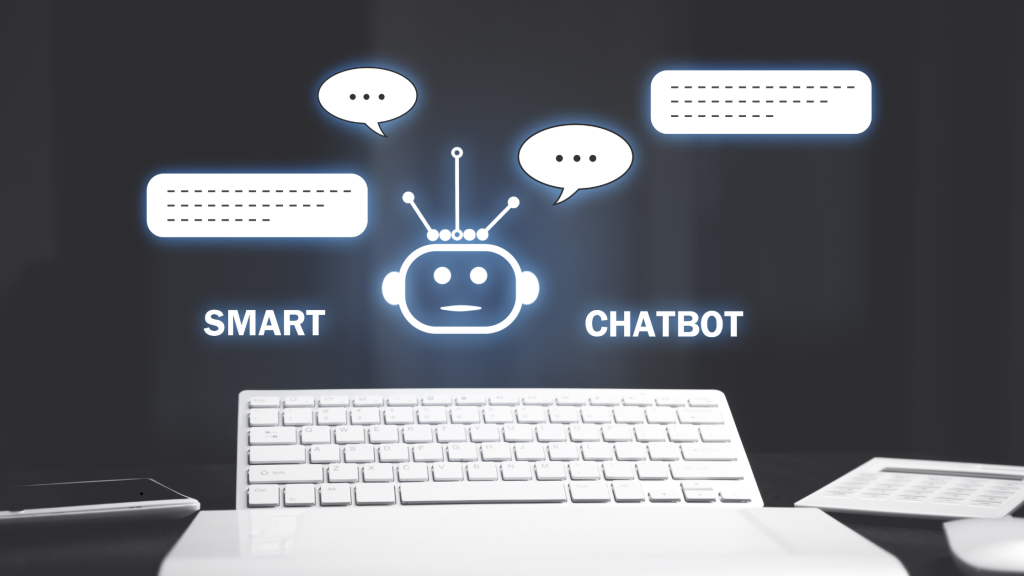
As customers demand instant help and 24/7 service, businesses must adapt fast. AI chatbot integration now leads this change. These smart tools go beyond basic support. They reshape how companies connect with people. From handling tickets to boosting sales, AI chatbots now drive digital success.
But adding a chatbot is not enough. You must build smooth, smart workflows that lift user experience and boost operations. Let’s dive into how AI chatbots evolved, their key benefits, and top tips for using them right.
What Is AI Chatbot Integration?
AI chatbot integration is just a fancy way of saying you connect a smart chatbot to your website, app, or chat tools like WhatsApp and Facebook Messenger. These bots get what people are saying, chat back naturally, and get smarter the more they talk. But it’s not just about dropping a bot onto your site. It’s about hooking it up to your systems like your order tracker or customer info so it can give real answers that actually help.
The Rise of AI Chatbots in Business
Chatbots have skyrocketed in the past 10 years. More people use messaging apps, AI got way smarter, and businesses needed faster ways to help customers.
Early chatbots followed simple rules. Today’s bots use AI to understand what people mean, how they feel, and what they need. They can now answer tough questions, send people to the right team, and even finish sales.
Benefits of AI Chatbot Integration
1. Always Available
AI-powered chatbots never sleep. They answer questions any time, day or night, keeping customers happy even after hours.
2. Super Fast Replies
Nobody likes waiting. Chatbots answer simple questions in seconds, so people don’t get stuck in long lines.
3. Save Money
Bots help more customers without needing to hire lots of new people. They free up human agents to solve tougher problems.
4. Find Good Leads
Chatbots don’t just help with support. They chat with visitors, gather info, and send strong leads to sales teams.
5. Learn from Every Chat
Every chatbot chat gets saved. Businesses can study these talks to spot problems, learn what customers want, and make smarter choices.
Common Use Cases for AI Chatbot Integration
Customer Support
Bots answer FAQs, track orders, handle refunds, and more. They give fast help without needing a human agent.
E-commerce
In online stores, chatbots guide shoppers, suggest products, answer delivery questions, and even help with checkout—all in one chat.
Healthcare
Hospitals use bots to book appointments, share test results, and check symptoms before sending patients to the right doctor.
Finance
Banks and apps use chatbots to check balances, send fraud alerts, give budgeting tips, and keep personal info safe. Some financial institutions also integrate tools like SEON alongside chatbots to help detect fraud patterns and reduce AML false positives, improving overall security without slowing down the user experience.
HR and Employee Support
Inside companies, bots help employees with questions about benefits, time off, or tech issues. This makes HR and IT teams more efficient.
How to Integrate an AI Chatbot Successfully

Step 1: Set Your Goals
First, decide what you want the chatbot to do. Should it cut down on support tickets, boost sales, or get people more involved? Clear goals guide smart choices.
Step 2: Pick the Right Platform
There are lots of chatbot builders out there. Choose one that fits your tech, can grow with you, and works well for your users.
Step 3: Link Your Systems
Your bot needs real-time info to be useful. Connect it to your CRM, support tickets, product lists, or calendars to give better answers.
Step 4: Teach the Bot
Feed it real chats and customer questions. The better and wider your training, the smarter your bot gets at understanding people.
Step 5: Keep Improving
Launching the bot is just the start. Track how it’s doing, where people drop off, and fix what’s not working. Always tweak and update to stay sharp.
Challenges to Consider
Natural Language Mix-ups
Even smart bots can get confused if people say things in odd ways. Help fix this by adding easy options to send users to a real person when needed.
Complex Connections
Hooking a chatbot to different systems can get tricky. You must make sure everything is secure, connects right, and shares data smoothly.
Building Trust
Some people don’t love talking to bots. Be upfront that it’s a chatbot and make it easy to switch to a human when needed. This builds trust fast.
The Future of AI Chatbot Integration
The world of chatbots is changing fast. Thanks to new AI tools, bots will soon sound more human, adjust their tone, and create answers on the spot an AI voice generator is pushing this evolution further – enabling seamless voice interactions that match a brand’s personality while maintaining natural flow.
Bots will also get better at doing real tasks, like sending invoices or changing a customer’s plan across different systems.
Voice bots are growing too. As voice tech gets better, we’ll see assistants that work with both talking and typing for a smoother experience.
Another big shift is language. As more businesses go global, chatbots that speak many languages will help them reach and support more people around the world.
Trending Now
About half of all U.S. states now use AI chatbots to boost citizen services. A CDW report shows 68% of groups use or plan to use chatbots soon. These bots cut wait times, solve issues fast, and create instant service records. While 75% of firms have AI plans, only 34% fully deploy their key AI projects. Skill shortages slow progress, with 62% of IT leaders citing lack of trained staff. Efforts like Pennsylvania’s ChatGPT pilot help teams explore and apply AI. Groups like NASCIO drive public sector learning and AI adoption by sharing real-world wins.
Why AI Chatbot Integration Is a Strategic Imperative
AI chatbot integration isn’t just a cool extra anymore. It’s a must for any business that wants to stay sharp in today’s fast, digital world.
Smart bots help companies work faster, reply quicker, and make every customer feel special.
But it’s not just about having a bot. It’s about connecting it right—to your systems, your goals, and your customers’ needs.
Whether you’re new to chatbots or trying to make yours better, smart integration is the way to win.
The future of customer service is chat and now’s the time to dive in.




